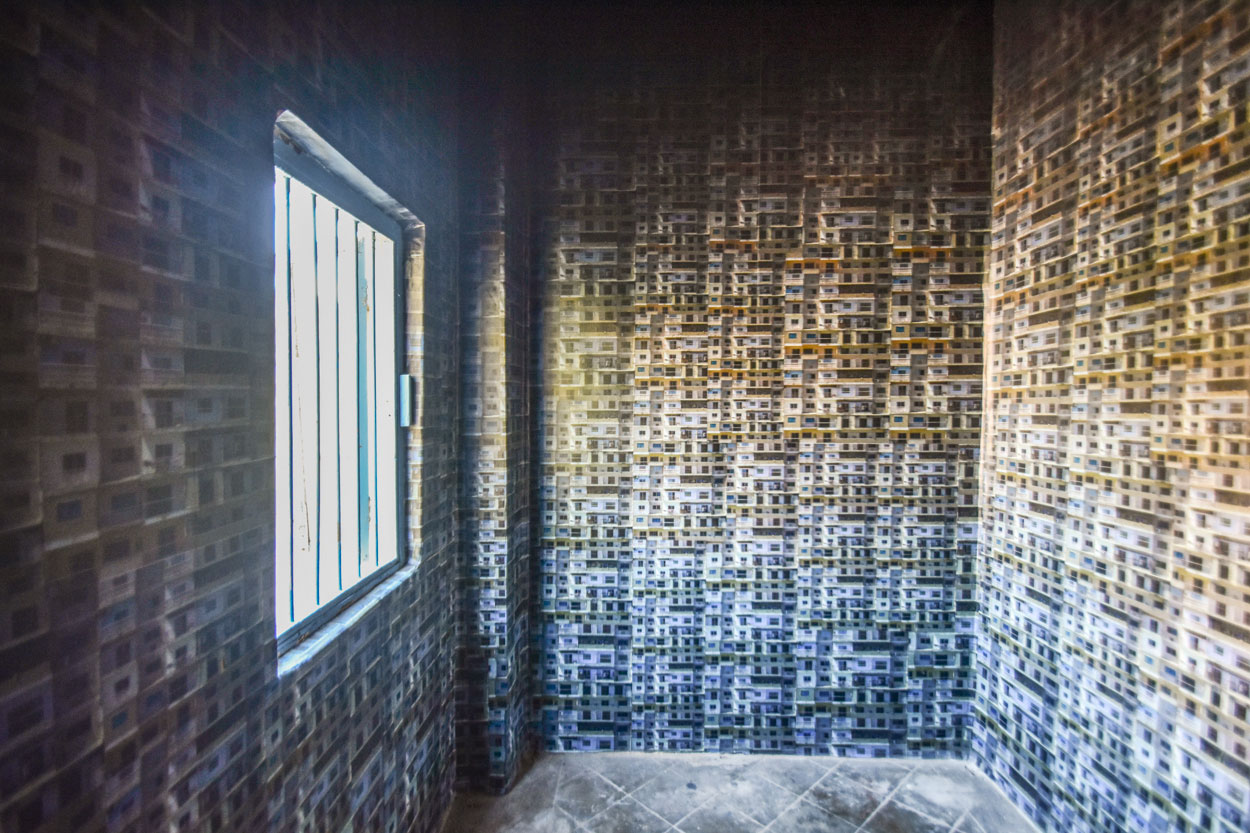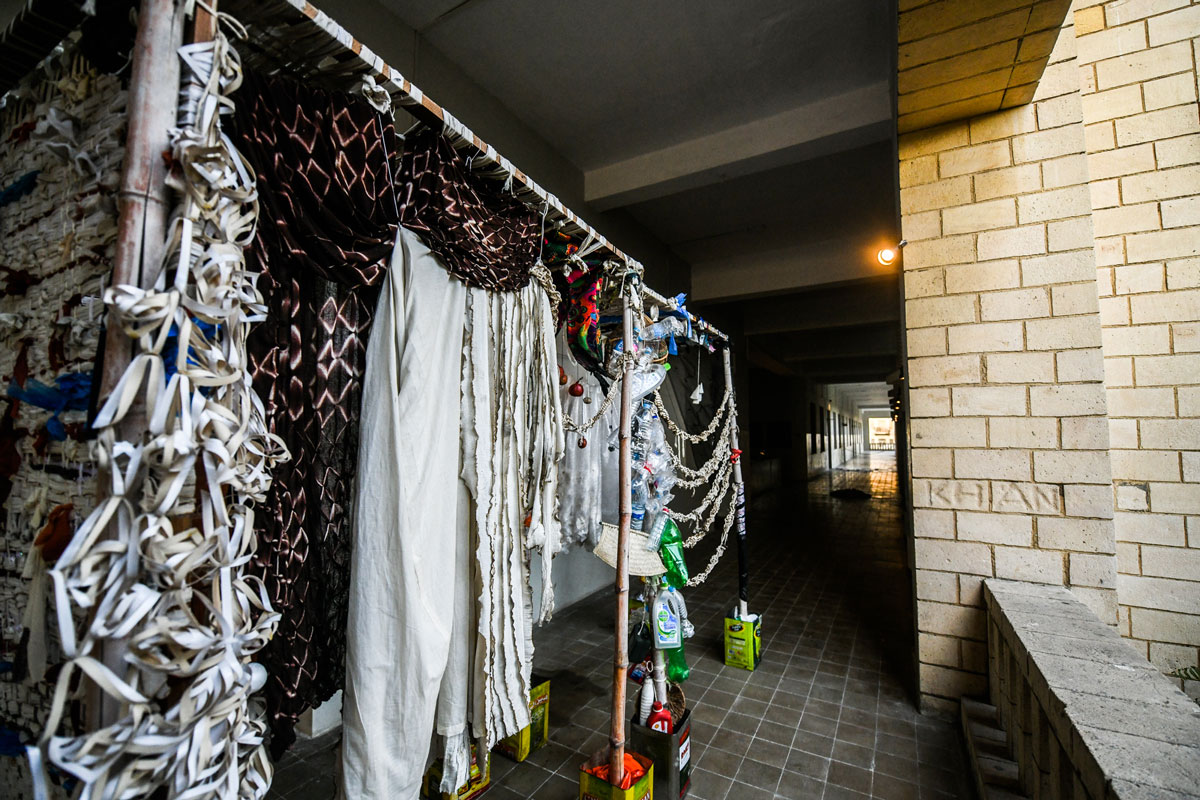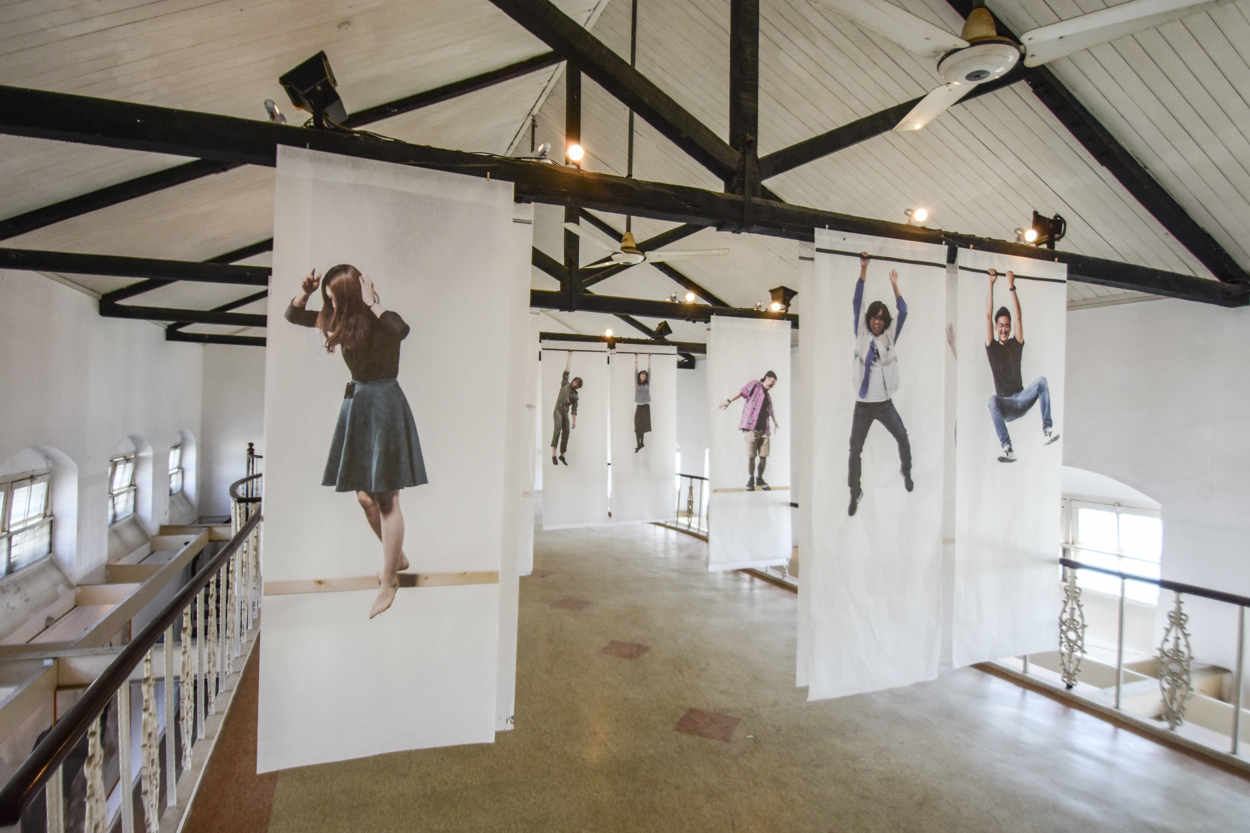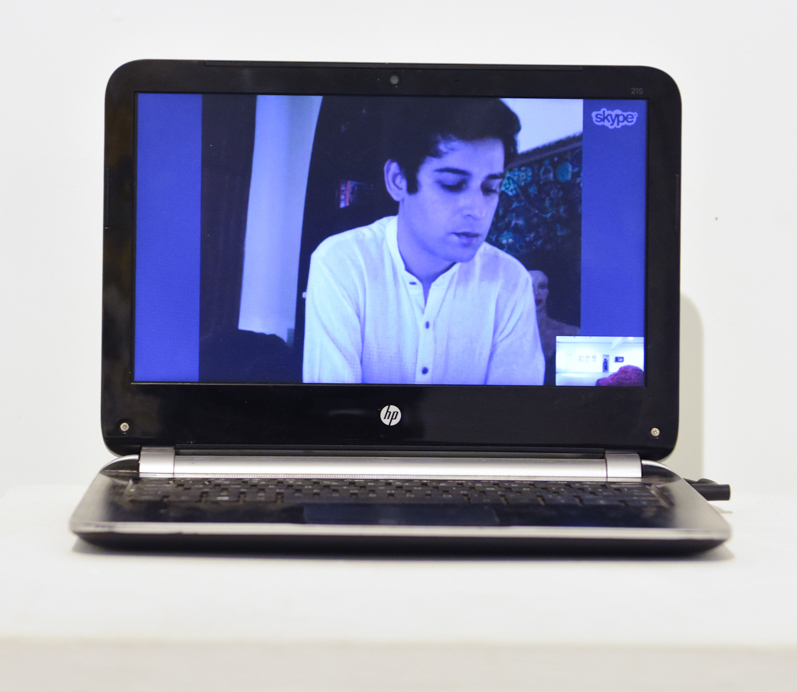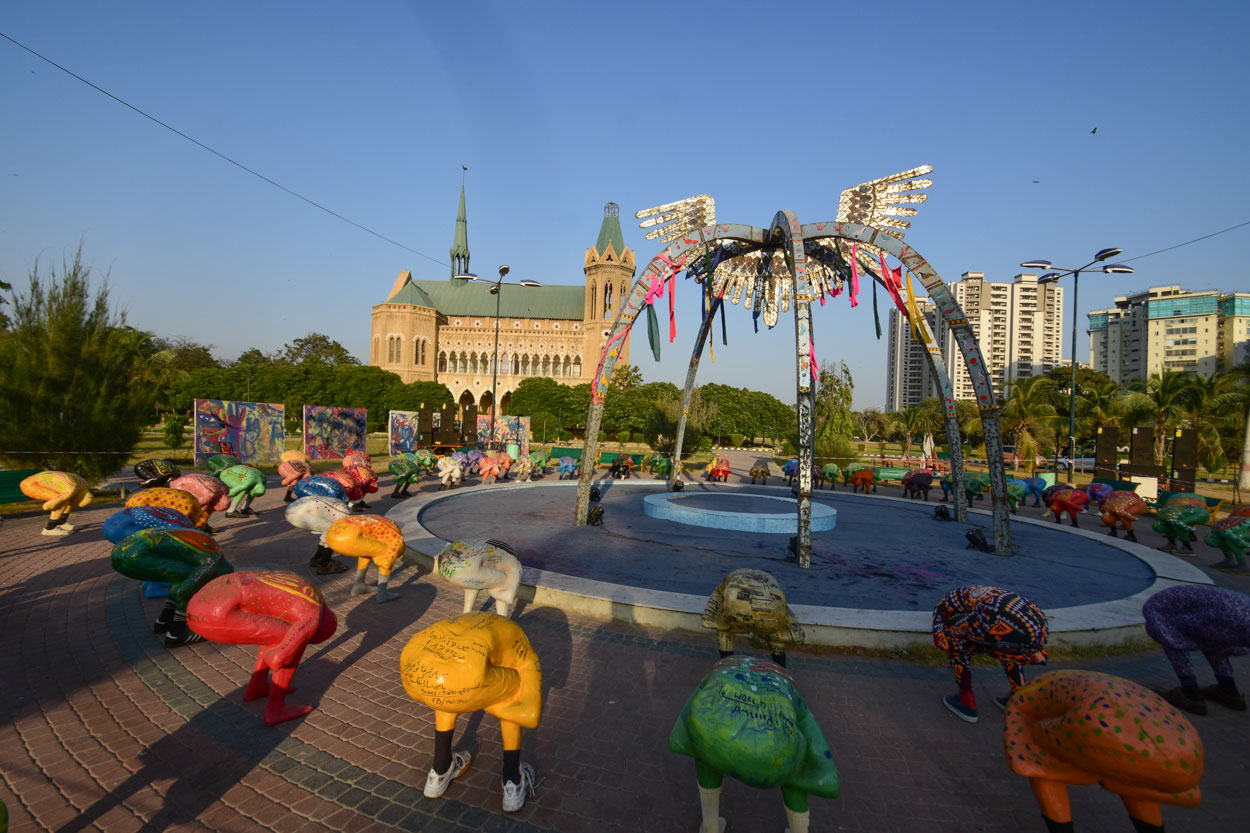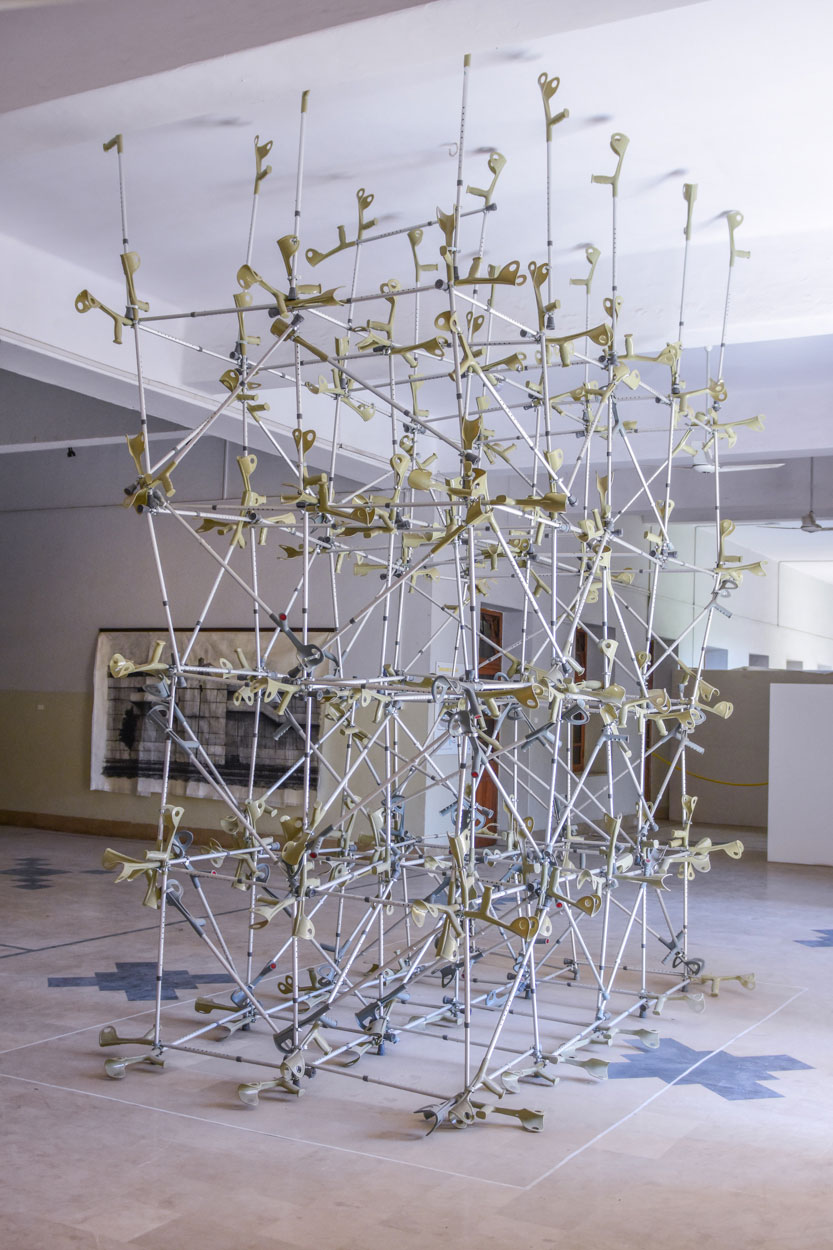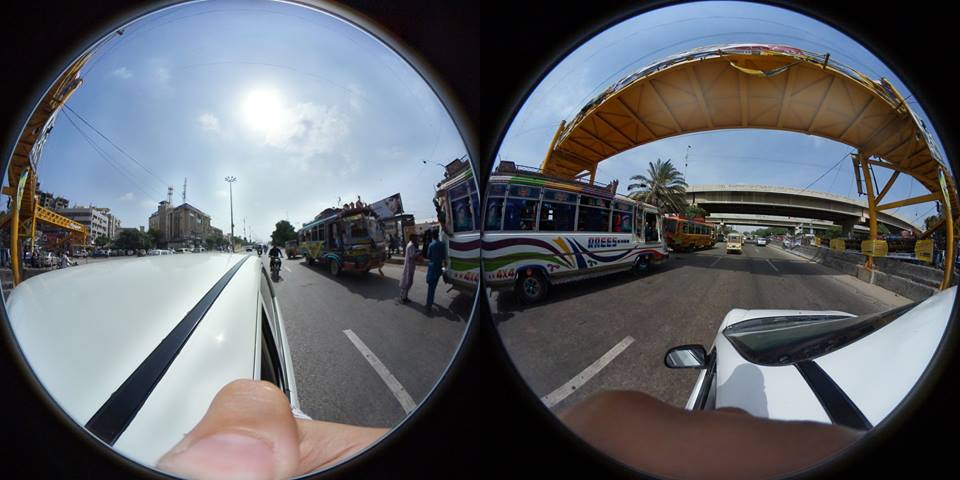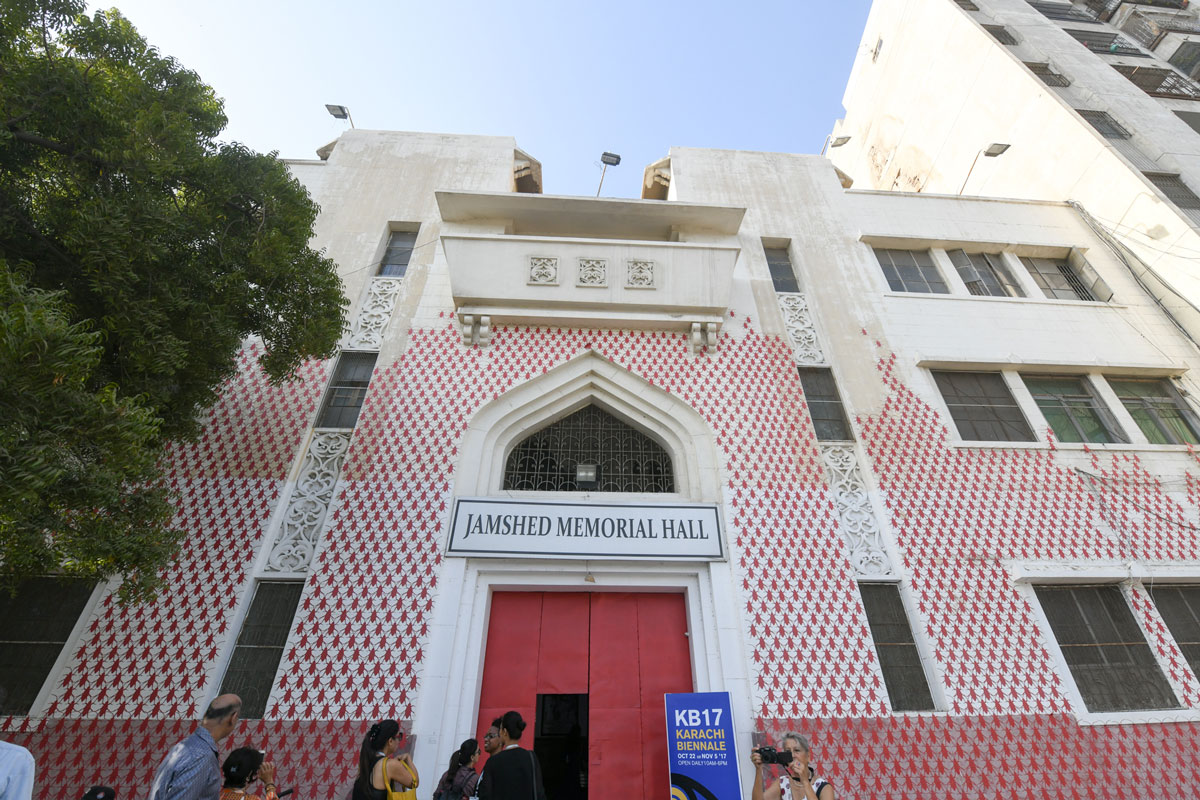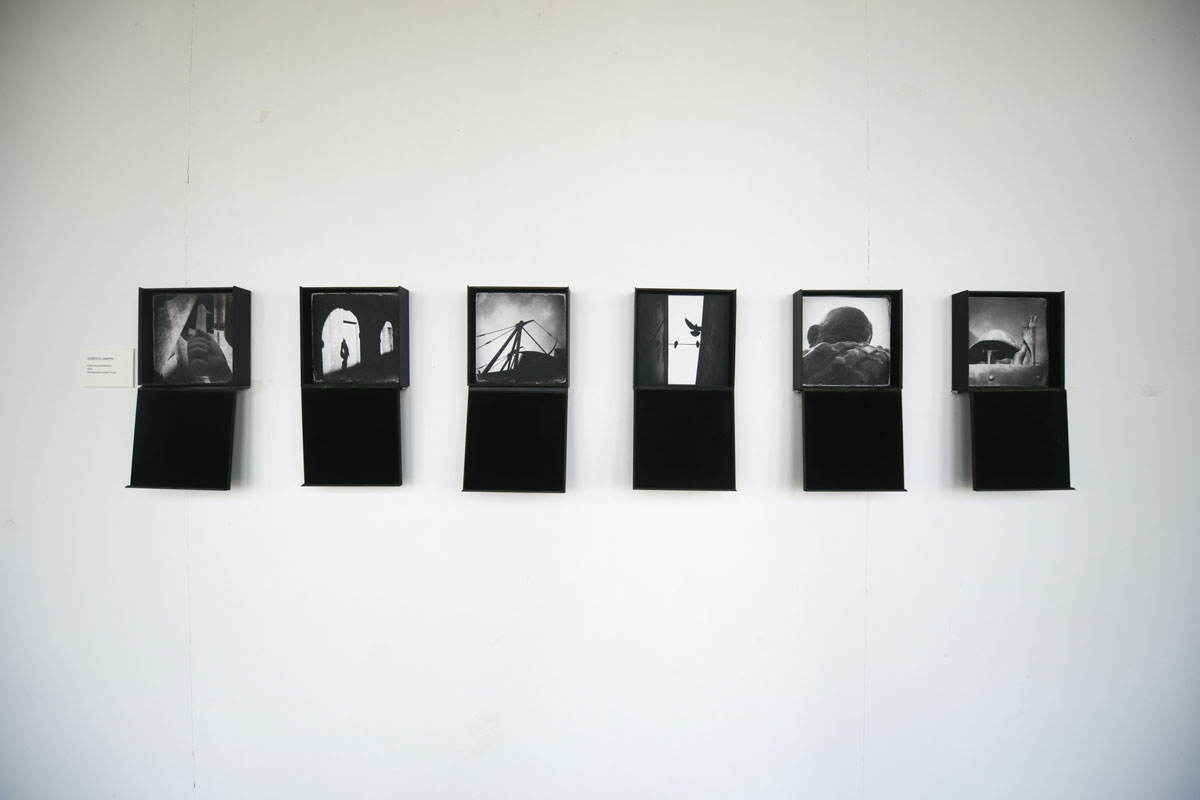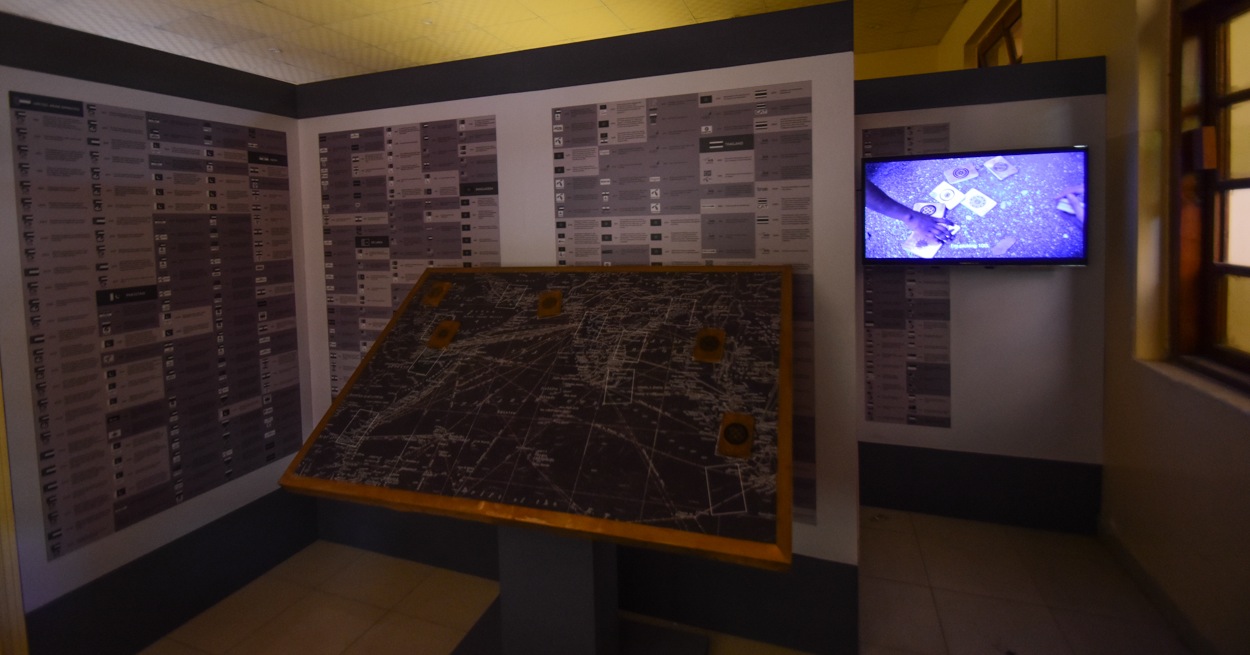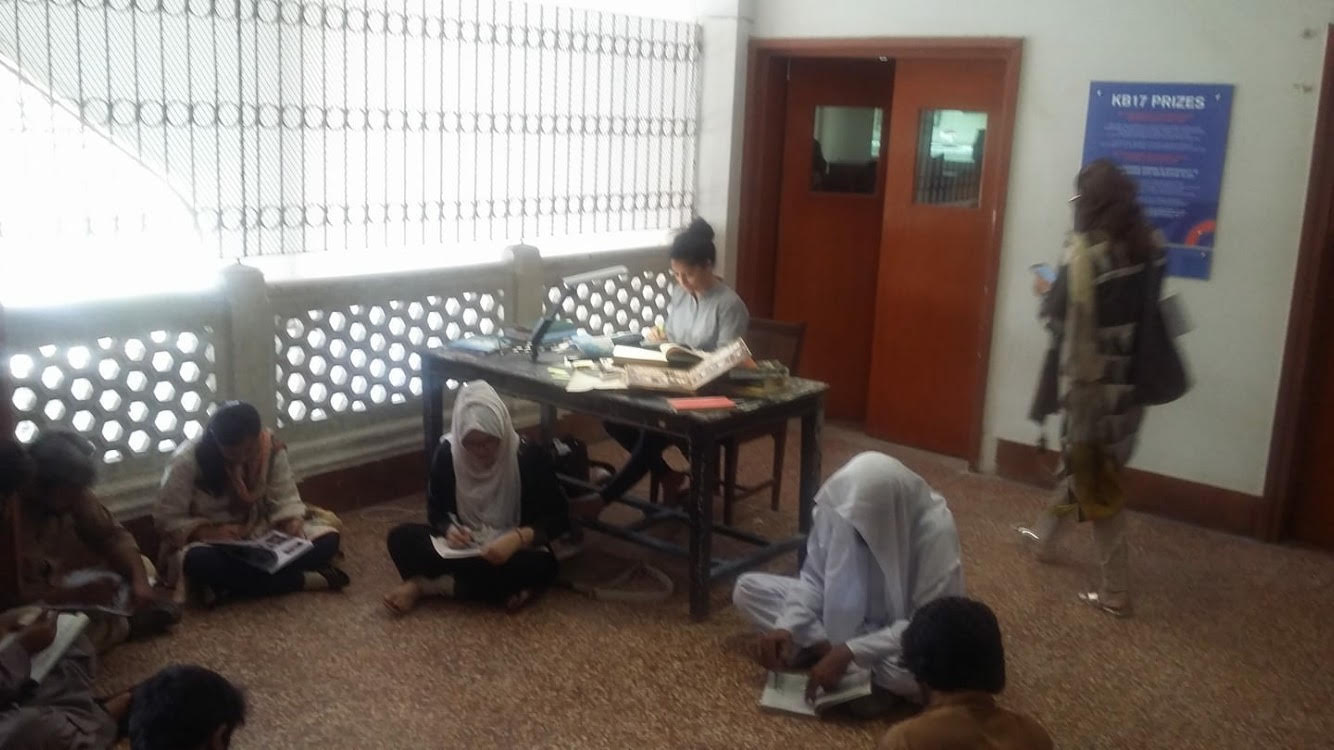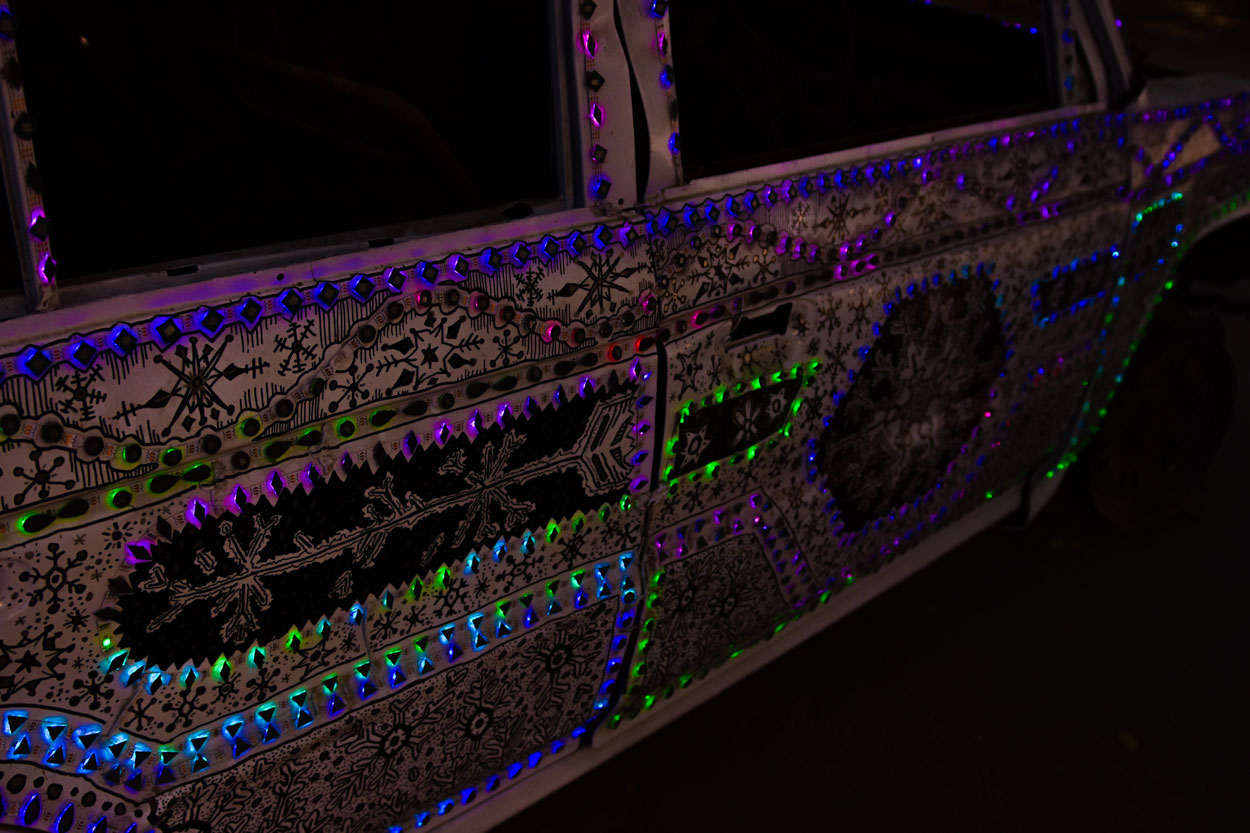2017 Karachi Biennale Artists
1 / 25
2 / 25
3 / 25
4 / 25
5 / 25
6 / 25
7 / 25
8 / 25
9 / 25
10 / 25
11 / 25
12 / 25
13 / 25
14 / 25
15 / 25
16 / 25
17 / 25
18 / 25
19 / 25
20 / 25
21 / 25

Waheeda Baloch
Born in 1977 in Mirpurkhas( Pakistan)
Lives and works between Jamshoro (Pakistan) and Karachi (Pakistan)
22 / 25
23 / 25
24 / 25
25 / 25


